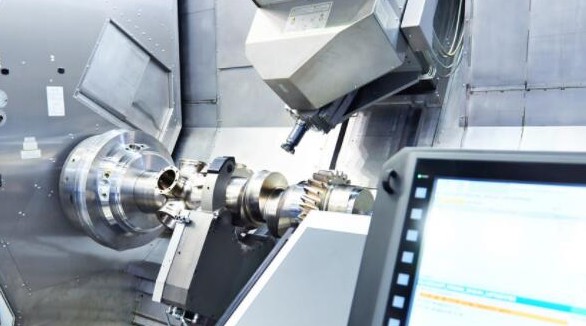|
Requirements of dry powder mortar for machine-made sandDry mortar is a kind of granular or powdery mortar made by physical mixing of aggregates (such as quartz sand) , inorganic cementitious materials (such as cement) and additives (such as polymer) in a certain proportion after drying and sieving treatment, the material that can be used directly after mixing with water, which is also called mortar dry powder, dry mixed mortar and dry mixed powder, is a main direction of the development of building materials in the future. Depending on the use of dry mortar, in the construction projects, there are: masonry mortar, plastering mortar, interface agent, ceramic tile adhesive, caulking agent, interior and exterior wall putty, waterproof mortar, floor mortar, self-leveling mortar, repair mortar, early strength mortar, powder coating, color decorative mortar, thermal insulation mortar, non-shrinkage grouting, dry mixing concrete and so on. Common dry mortar has standard requirements for consistency, apparent density, water retention, setting time, flexural/compressive strength, tensile bond strength, shrinkage rate, etc. , due to the requirements of artificial plastering or mechanical spraying on machine-made sand, construction and workability need to be considered, so there are some special requirements on the roundness, powder content, fineness modulus and gradation of machine-made sand.
1. Roundness requires river sand to produce a very good dry-mixed mortar because river sand has a smooth surface and is mostly spherical, so only a small amount of cementitious material and a small amount of mixing water is required during the curing process. It is no doubt that river sand with reasonable grain size grading is a high-quality aggregate for producing dry-mixed mortar. However, the natural river sand has been formed for a long time, especially under a series of forces such as the impact, erosion and transportation of river water, the grain roundness of the manufactured sand is worse than that of the river sand after it is broken by the impact-type sand making machine, but the content of the flake particle of the manufactured sand should not exceed 12% , the manufactured sand can be used in dry powder mortar instead of river sand. 2, fineness modulus, gradation requirements of dry mortar preparation can not be separated from the participation of sand machine. The impact type sand making machine can effectively reduce the coarse sand larger than 2.36 mm, increase 0.15-0.6 mm part of fine sand, and then through screening technology, can make the finished sand fully meet the requirements of the second zone of the national standard. The improvement of gradation can improve the strength and fluidity of dry mortar, reduce the amount of cementitious material, improve the quality of mortar and reduce the production cost. The fineness modulus of machine-made sand used for dry mortar is generally controlled between 2.3 and 2.8. In addition, the sandstone rock has granite, natural river pebbles, andesite, rhyolite, diorite, sandstone, limestone, made of different types of sandstone and different strength. 3. The content of stone powder should be between 20% and 25% when producing machine-made sand of less than 2.36 mm by using common limestone as raw material. When methylene blue ≤1.4, the content of stone powder in plastering mortar should be controlled less than 10% , and the content of stone powder in masonry mortar can be increased appropriately. With the change of dry mortar from manual to mechanized construction, the requirement of aggregate characteristics is higher and higher, and the requirement of construction and workability is also taken into account, so aggregate needs to have stable quality, good gradation and particle shape, the quantity of natural sand and stone is less and less, so the popularization and application of manufactured sand is of great significance to the development of dry mortar.
|




